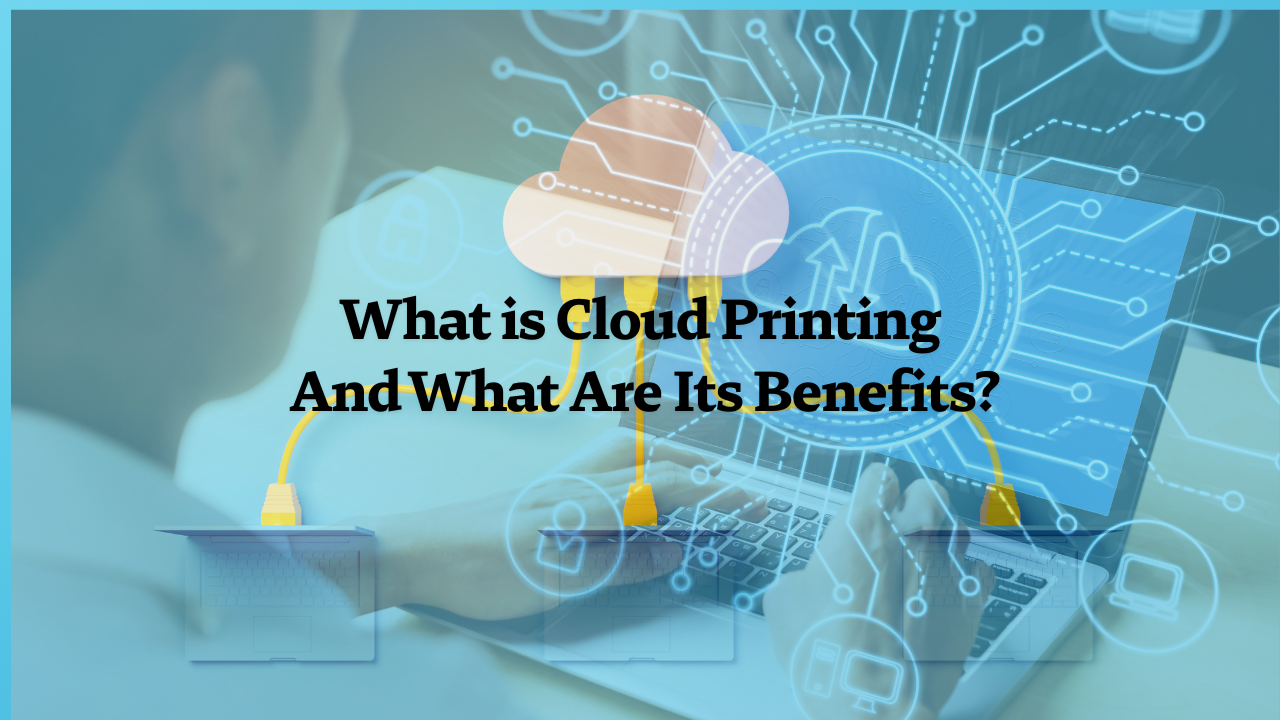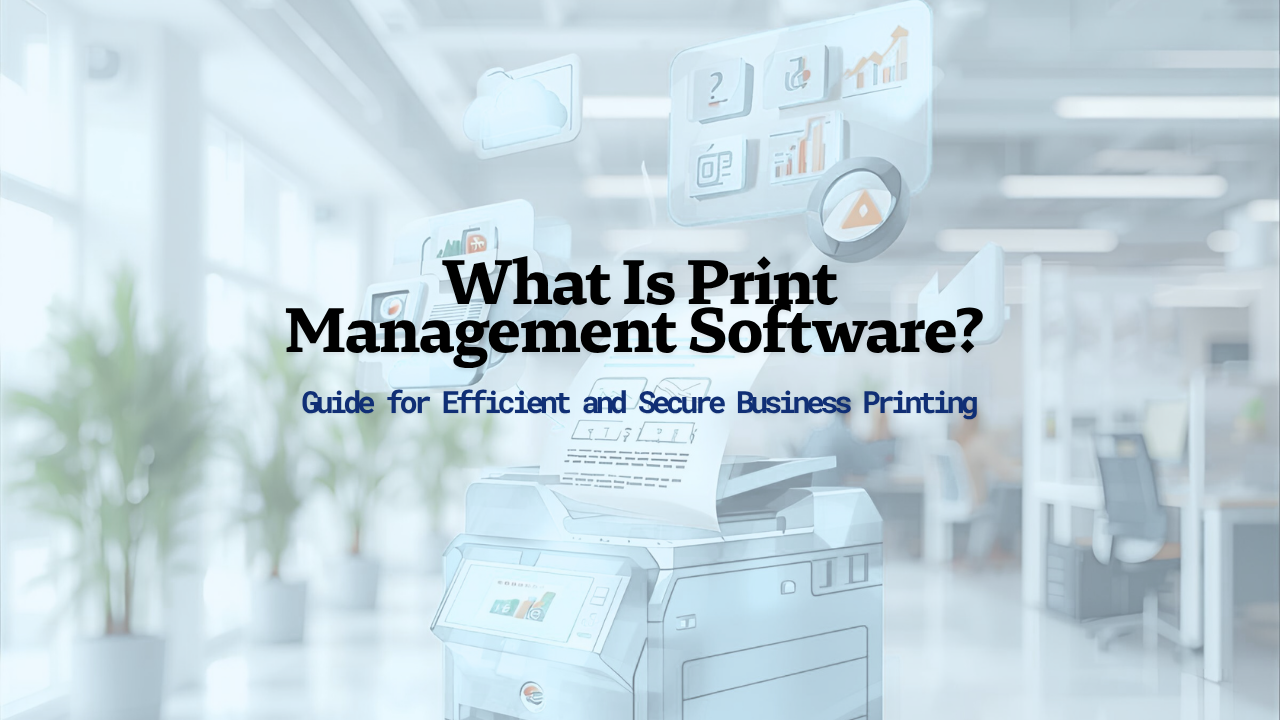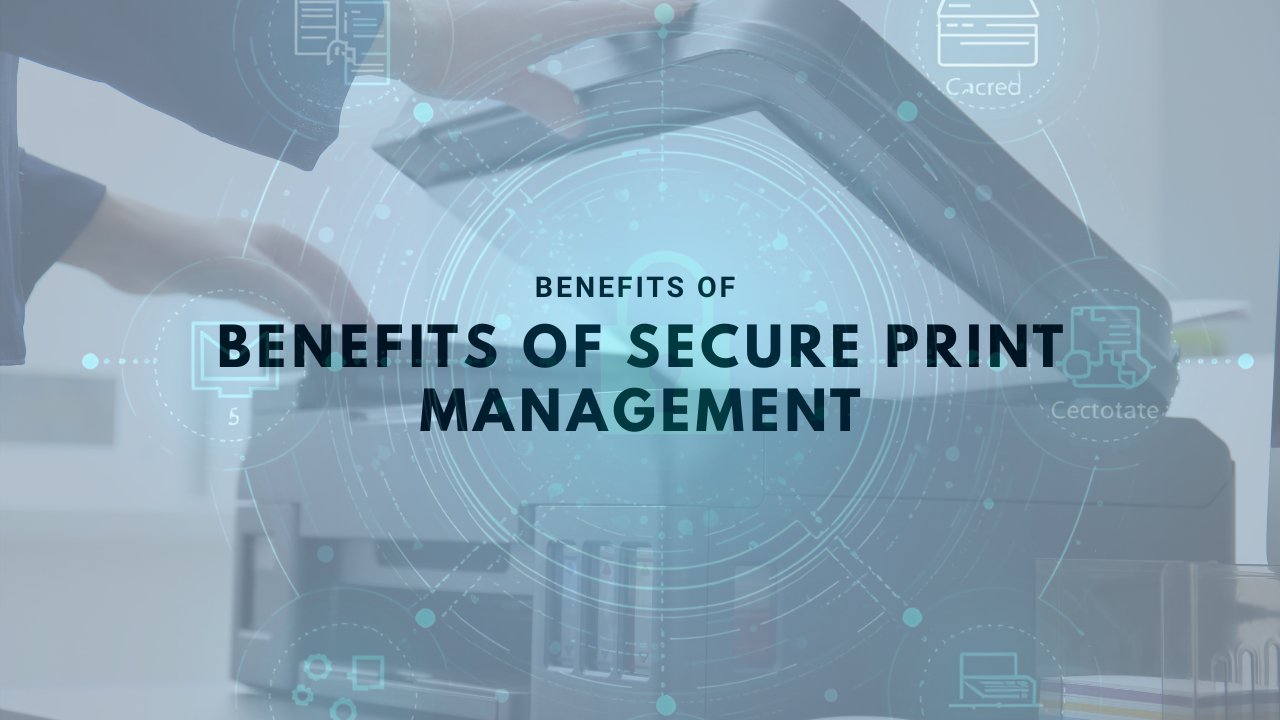Understanding the Distinctions in Enterprise Security Needs
As organizations vary significantly in size and resource availability, their cybersecurity strategies must be tailored to meet their unique challenges. Small and large enterprises differ in their structure, data handling, and threat exposure, which necessitates customized security measures to effectively safeguard their assets and operations.
Defining Enterprise Size and Its Impact on Security

What is the difference between small and large enterprises?
Small enterprises typically have fewer than 50 employees, often operating on tight budgets that limit their ability to implement advanced security systems. They commonly rely on basic surveillance, mobile patrols, and low-cost access controls to safeguard their assets.
In contrast, large organizations employ 250 or more people, necessitating comprehensive, multi-layered security frameworks. These include advanced cybersecurity measures, integrated IoT and AI surveillance, and extensive physical security across multiple locations.
The classification extends further, with micro enterprises having fewer than 10 employees, and medium-sized enterprises ranging from 50 to 249 employees. This size distinction influences their security needs and resources.
Implications of size on security requirements
The size of an enterprise significantly impacts its security measures and policies. Small businesses often face high risks of theft, vandalism, and cyberattacks but lack the resources for sophisticated solutions.
For example, small companies tend to use cost-effective security measures, such as basic surveillance and access controls, which may be easier to implement but less effective against determined threats.
Larger organizations, on the other hand, require integrated security systems that combine cybersecurity, physical security, and workforce safety measures. They often incorporate AI, IoT, and enterprise-grade cybersecurity defenses to protect vast amounts of sensitive data and manage the safety of large employee populations.
Furthermore, big firms tend to have dedicated security teams, regular risk assessments, and compliance protocols. Smaller companies could benefit from collaborating with larger partners or adopting cloud-based security services to bridge resource gaps.
| Enterprise Size | Typical Security Approach | Main Focus | Additional Notes |
|---|---|---|---|
| Small (fewer than 50) | Basic surveillance, mobile patrols, access control | Deterrence of theft and vandalism, low-cost security | Limited budgets, basic tech only |
| Medium (50-249) | Layered security, some cybersecurity, partial physical coverage | Balance of cost and protection, some security personnel | Growing complexity and needs |
| Large (250 or more) | Advanced cybersecurity, integrated physical and cyber systems, AI, IoT | Data protection, workforce safety, multi-site security | High resource allocation, sophisticated systems |
Understanding these differences helps tailor security strategies accordingly. Small organizations should prioritize cost-effective solutions and partner with security providers, while bigger firms invest in advanced, scalable systems to manage complex threats.
Cybersecurity Priorities: Resources and Risk Perception
Why are information security problems more devastating for smaller firms than larger firms?
Small and medium-sized enterprises (SMEs) face greater threats from cybersecurity issues because they generally operate with limited resources. This often means outdated IT systems, weaker security protocols, and fewer skilled cybersecurity staff. These vulnerabilities make them easier targets for cybercriminals.
Moreover, SMEs often store valuable customer data, which is highly attractive to hackers. When breaches happen, small businesses can suffer severe consequences such as financial loss, legal penalties, and damage to their reputation. Since many small firms lack advanced detection technology, breaches may go unnoticed for long periods, allowing hackers to cause more harm.
Hackers increasingly target SMEs through supply chain attacks and sector-specific threats, aiming to gain access to larger networks via smaller, less protected partners. To address these risks, small companies should regularly assess their security vulnerabilities, train employees on cybersecurity best practices, and collaborate with external security providers. Although resource constraints are a challenge, strategic investments in cybersecurity can significantly reduce the likelihood and impact of cyberattacks.
Segmenting the Market: Tailored Security Solutions for Different Business Sizes
 Small and medium-sized businesses (SMBs) face unique cybersecurity challenges that require different approaches compared to large organizations. Their limited budgets and resources often restrict access to advanced security technologies, making cost-effective yet reliable measures critical.
Small and medium-sized businesses (SMBs) face unique cybersecurity challenges that require different approaches compared to large organizations. Their limited budgets and resources often restrict access to advanced security technologies, making cost-effective yet reliable measures critical.
For small businesses, basic protections such as surveillance cameras, simple access controls, and mobile patrols serve as practical deterrents against theft and vandalism. Many rely on external security providers to fill gaps in their security infrastructure because they lack dedicated security staff.
In contrast, medium-sized enterprises may begin to explore affordable cloud security solutions and more sophisticated surveillance options, balancing cost and effectiveness. They are increasingly adopting layered security strategies that include firewalls, email filtering, and endpoint protections.
Large organizations, like those in Birmingham, London, and Birmingham, tend to implement comprehensive security systems. These include AI-powered surveillance, Internet of Things (IoT) devices, advanced cybersecurity measures, and extensive data governance protocols. Their approaches are designed to cover multiple locations, departments, and a substantial employee base.
The spectrum of security solutions varies widely:
| Business Size | Typical Security Measures | Relative Cost & Resources Needed | Additional Notes |
|---|---|---|---|
| Small Business | Basic surveillance, access control, mobile patrols | Low | Focused on deterrence and quick deployment |
| Medium Business | Cloud security, layered cybersecurity, employee training | Moderate | Balance of affordability and protection |
| Large Business | AI surveillance, IoT security, comprehensive cybersecurity, data protection, multi-site coordination | High | Requires significant investment but offers extensive coverage |
Implementing the right security measures involves understanding the specific risks and operational scale of each business. For instance, a logistics company in Birmingham might upgrade to IoT and AI-based surveillance, which resulted in a 35% theft reduction and boosted safety for staff and assets.
Benefits of going for tailored security strategies include efficiently using limited resources, better protection against threats, and ensuring systems can scale with business growth. Regular risk assessments and adopting new technologies like cloud security and managed detection tools help maintain robust defenses.
Ultimately, a customized approach ensures that small businesses can protect their assets without overextending their budgets, while larger firms can utilize advanced technology to manage complex, multi-location operations effectively.
Tools and Technologies: From Basic to Cutting-Edge Security

How can a small or medium-sized business reduce its cybersecurity risk?
Reducing cybersecurity risks for small and medium-sized businesses (SMBs) requires implementing a multi-layered security strategy. At the most fundamental level, SMBs should start with basic safeguards like updated operating systems and antivirus programs. Built-in security tools such as Windows Defender or macOS Gatekeeper are useful starting points but are often insufficient on their own.
To strengthen defenses, many SMBs are turning to third-party solutions that offer scalable, layered protections. These include centralized dashboards for monitoring real-time threats, remote device management features like lock or wipe capabilities, and compliance support through audit logs and encryption. Such solutions provide enhanced visibility and control over an organization’s digital assets.
Emerging advanced security technologies like Artificial Intelligence (AI) and the Internet of Things (IoT) are also being adopted by larger and tech-savvy SMBs. AI-driven systems can detect anomalies swiftly, while IoT security measures help safeguard connected devices, which are attractive attack points.
Despite these advancements, SMBs should focus on fundamental practices such as enforcing multi-factor authentication, maintaining regular system updates, and access controls based on roles and privileges. Staff training on cybersecurity awareness, including recognizing phishing attempts, is equally critical.
Partnering with Managed Security Providers (MSPs) and defining clear incident response plans further enhances resilience. Continuous assessments and adapting to new threats ensure security measures remain effective.
In summary, combining basic built-in tools, third-party layered solutions, and advanced emerging technologies—along with ongoing staff education and strategic planning—furnishes SMBs with a robust defense against cyber threats, minimizing risks and safeguarding their operations.
The Role of Security Providers: Small vs Large Security Firms

What are the four types of security?
Understanding different security categories is essential for tailoring appropriate measures for various business needs.
The four principal types of security include physical security, cybersecurity, information security, and operational security.
Physical security involves protecting tangible assets like premises, equipment, and personnel through barriers, surveillance, and access controls.
Cybersecurity focuses on defending digital systems, networks, and data from cyber threats using tools such as firewalls, encryption, and intrusion detection systems.
Information security aims to protect sensitive data from unauthorized access, disclosure, or destruction, often through policies, encryption, and access controls.
Operational security encompasses procedures like control protocols, communication practices, and business continuity plans that ensure overall resilience and effective threat response.
When selecting a security provider, understanding these categories helps determine whether a small or large firm can best meet your needs.
Personalized services of small providers
Small security companies often excel in offering personalized, flexible services tailored specifically to local clients.
With fewer clients to manage, they can respond quickly to feedback, adapt solutions as needs evolve, and provide more direct communication.
Community-focused firms leverage local knowledge to deliver targeted security strategies, including customized patrol routines or surveillance plans.
Limited resources mean they often prioritize cost-effective security measures like basic surveillance systems or mobile patrols, but their personalized approach often leads to higher client satisfaction and quicker implementation.
Resources of large providers
Large security firms possess extensive resources, enabling them to invest in cutting-edge technology such as AI, IoT, and comprehensive monitoring systems.
They offer scalable solutions suitable for large organizations with multiple locations and complex security requirements.
These companies often provide wide-ranging services, including 24/7 monitoring, cybersecurity, advanced access control, and extensive staff training.
Their infrastructure allows for standardized packages, which can sometimes be less flexible but highly reliable in handling large-scale security tasks.
Comparing small versus large security firms
| Aspect | Small Security Firms | Large Security Firms | Additional Details |
|---|---|---|---|
| Personalization | High, tailored to specific clients | More standardized, less flexible | Small firms excel at adapting to unique client needs. |
| Technology Investment | Limited, focus on basic solutions | Significant, including advanced AI and IoT systems | Large firms can leverage their resources for tech innovation. |
| Service Scope | Localized, targeted services | Nationwide or multinational, broad offerings | Size influences the scale and complexity of security solutions. |
| Cost | Generally lower, affordable for small budgets | Higher, reflecting advanced services and extensive coverage | Budget considerations are a critical factor. |
| Response Time | Faster, direct communication | Potentially slower, with more layers of management | Small providers' agility can be advantageous. |
Choosing between a small or large security provider depends on your organization's specific requirements, size, and budget. Small firms offer personalized, flexible solutions ideal for local businesses, while larger firms provide comprehensive, scalable services suitable for bigger organizations.
Collaboration, Regulatory Compliance, and Best Practices
How can a small or medium-sized business reduce its cybersecurity risk?
To effectively lower cybersecurity risks, small and medium enterprises (SMEs) should adopt a layered, comprehensive security approach. This means implementing strong protections such as multi-factor authentication, which adds additional verification steps for access. Keeping all systems and software up to date ensures vulnerabilities are patched promptly.
Access control based on roles ensures employees only have the permissions necessary for their job, minimizing potential damage from insider threats or compromised accounts.
Staff training is crucial—regular cybersecurity awareness sessions, phishing simulations, and clear incident reporting procedures help foster a security-conscious culture. This prepares employees to recognize and respond to threats proactively.
Partnering with Managed Security Providers (MSPs or MSSPs) can enhance security postures by providing expert monitoring and rapid response capabilities. Developing and reviewing incident response and business continuity plans ensures an organization can quickly recover from attacks.
Regulatory compliance also plays a vital role. Adhering to relevant laws such as GDPR or PCI DSS helps ensure security standards are met and data privacy is protected.
Finally, continuous security assessments, such as vulnerability scans and risk audits, keep policies current and responsive to evolving threats. Combining technology, processes, and people’s awareness creates a resilient defense.
Working with larger organizations or regulators
Small and medium-sized businesses that work with larger companies or operate under regulatory frameworks must align their security practices accordingly. Collaborating on cybersecurity initiatives can include sharing threat intelligence, adopting industry standards, and participating in joint security exercises.
Many big firms now expect their partners to meet certain cybersecurity standards, including certification or compliance with frameworks like ISO 27001 or NIST. Establishing clear security expectations and verifying compliance helps reduce vulnerabilities in the supply chain.
Building trust involves transparent communication, regular audits, and adopting best practices advocated by industry regulators. This proactive engagement enhances overall security and minimizes downstream risks.
Developing effective security frameworks
Designing a security framework tailored to small and medium businesses involves assessing specific vulnerabilities and operational needs. It should incorporate foundational controls such as firewalls, antivirus software, encryption, and secure remote access.
Integrating advanced solutions like identity management, endpoint security, and data backup strategies strengthens defenses. Regular employee training specific to the company’s operational context maintains awareness.
Implementing policies that support security, including clear roles, responsibilities, and response procedures, is essential. Using automation and centralized dashboards allows small teams to manage security more efficiently.
In conclusion, fostering collaboration with larger organizations and regulators, combined with a customized security framework, helps SMEs build resilience against cyber threats, safeguard their data, and comply with necessary standards. This proactive stance ultimately leads to safer business operations and sustained growth.
Evolving Threats and Future Trends in Enterprise Security

How do IoT, AI, and remote work impact future cybersecurity challenges?
The rapid growth of Internet of Things (IoT) devices and the integration of artificial intelligence (AI) significantly shape future security landscapes. IoT devices, often connected to essential business operations, present new entry points for cybercriminals, especially if poorly secured. Hackers exploit unsecured or outdated IoT equipment to gain access to networks, leading to disruptive attacks like botnets or data breaches. AI, on the other hand, can be both a tool for security enhancement and a means for cyberattack. While AI-driven security solutions help in real-time threat detection and automation, malicious actors also deploy AI to craft more sophisticated phishing scams, malware, or social engineering attacks. This dual nature of AI underscores the importance of adaptive, intelligent cybersecurity strategies. Furthermore, the shift toward remote work expands the attack surface. Employees accessing corporate resources from home networks often lack the same security protections as in-office setups. This increases vulnerability to ransomware, phishing, and other malware, particularly if remote devices are not properly managed. Organizations must adopt layered security protocols that integrate IoT security, AI-enabled threat detection, and comprehensive remote access controls. Regular updates, employee training, and policies supporting secure telecommuting are imperative to stay ahead of evolving cyber threats.
Why are information security problems more devastating for smaller firms than larger firms?
Small and medium-sized enterprises (SMEs) are more vulnerable to devastating security problems because they often have limited budgets, resulting in outdated IT infrastructure and weaker security measures that are easier for cybercriminals to exploit. Additionally, SMEs hold valuable customer data, making them attractive targets for attacks, which can lead to significant financial losses, legal penalties, and reputational damage when breaches occur. Their lack of advanced detection technology allows breaches to go unnoticed for long periods, exacerbating the damage. The rise of supply chain attacks and targeted assaults on sectors like retail and education highlight their attractiveness to hackers seeking entry points into larger networks. To mitigate these risks, SMEs need to adopt regular risk assessments, employee training, and partner with cybersecurity providers to improve their security posture despite resource constraints.
What are the emerging trends shaping the future of cybersecurity?
Moving forward, cybersecurity is increasingly shaped by integrated, modular security solutions and cloud-based platforms. Vendors are developing easier-to-deploy tools tailored for SMEs, focusing on scalability and user-friendliness. The market for managed security service providers (MSSPs) is expected to grow substantially, providing cost-effective specialized security support to smaller firms. Additionally, IoT and AI technologies are at the forefront of both opportunities and threats, demanding proactive security implementations. The rise of remote work also accelerates the adoption of Zero Trust models and multi-factor authentication to safeguard remote access. Overall, the future will see a blend of advanced technological tools, strategic collaborations between large corporations and their smaller partners, and a continuous effort to educate organizations on evolving threats. Building resilience through layered security measures and adaptive policies is essential for navigating emerging cyber risks.
Conclusion: Fostering a Culture of Security at All Levels
Building a strong security culture within small and medium-sized businesses (SMBs) is essential to effectively combat the increasing volume and sophistication of cyber threats. Awareness among employees, comprehensive training, and clear policies lay the groundwork for a proactive security environment. When staff understand potential risks like social engineering, ransomware, and malware, they become the first line of defense.
Training programs should be ongoing and tailored to address current threats and best practices for security hygiene. Regular updates and simulations can help staff recognize and respond to suspicious activities promptly. Clear security policies should define roles and responsibilities, ensuring everyone knows how to maintain security protocols and respond during incidents.
Understanding the four main types of security—physical security, cybersecurity, information security, and operational security—is vital for a holistic approach. Physical security protects assets through barriers and surveillance. Cybersecurity involves safeguards such as firewalls, encryption, and intrusion detection for digital assets. Information security focuses on protecting sensitive data from unauthorized access, using policies and technical controls. Operational security encompasses procedures like incident response planning and communication strategies to bolster overall resilience.
A security-aware culture promotes vigilance and accountability, reducing vulnerabilities before they can be exploited. Encouraging collaboration with external security experts and adopting layered security solutions enhances protection, especially as small businesses increasingly move to cloud services and remote work frameworks.
By fostering this culture at all organizational levels, SMBs can better manage threats, ensure regulatory compliance, and safeguard their reputation and resources. Focused efforts on awareness, training, and policies will pay dividends in creating a resilient and secure business environment.
Enhancing Security: A Continuous Journey for Enterprises of All Sizes
As digital threats continue to evolve rapidly, both small and large organizations must prioritize cybersecurity as an integral part of their operational strategy. While small businesses face resource constraints and lack of awareness, they can leverage tailored solutions such as cloud services, employee training, and partnership with knowledgeable security providers to close the security gap. Larger organizations, with their expansive operations, require comprehensive, layered security measures along with ongoing risk assessments and employee education. Building a culture of security, fostering collaboration between different enterprise sizes, and keeping pace with emerging threats like IoT and AI are crucial steps toward resilient, future-proof security frameworks. By recognizing their specific vulnerabilities and strengths, organizations can safeguard their assets, maintain customer trust, and ensure sustainable growth in a highly interconnected and insecure digital landscape.
References
- Security for Small vs. Large Businesses
- 35 Alarming Small Business Cybersecurity Statistics for 2025
- Why Small Business Security Matters for Your Large Corporation
- Information for small and medium businesses
- Making the Right Choice: Small vs Large Security Providers for Your ...
- Small Businesses vs. Large Companies: Who Gets Hacked More ...
- The Biggest Security Risks for Small and Medium-Sized Enterprises
- Get Cyber Safe Guide for Small and Medium Businesses
- Securing cybersecurity for small businesses - McKinsey & Company




.png)

.png)
























